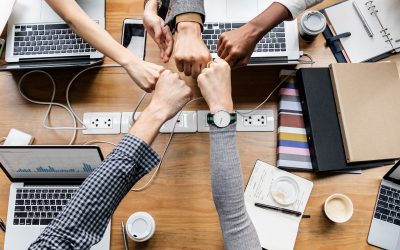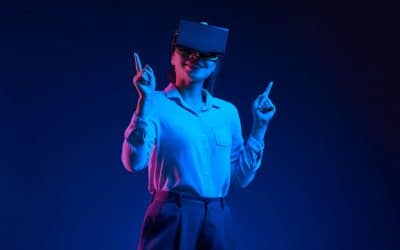Click here for the promotion of sustainability in higher education
ACS – ASOMI College of Sciences is an active follower and promoter of sustainable development related initiatives such as circular economyinhigher education institutions. Therefore, ACS recommends the read of the article at hand.
What exactly is circular economy
The circular economy is an economic concept based on the circularity of products to reduce waste and preserve the environment. As the name suggests, the circular economy is based on recycling high-quality, long-lasting goods whose leftovers are either biologically degradable or can be reused in industry. Moreover, product design is another crucial standpoint in the circular economy: the goods have to be designed to be assembled and dissembled easily.
As mentioned above, besides being easily separable, the various parts have to be reusable or biodegradable. Additionally, the circular economy wants that the lifespan of products has to be longer – something that can be reached through repairing and maintenance. In other words, a circular economy offers a pathway to sustainability, more specifically, to sustainable development.
Moreover, the circulareconomy also encompasses various stakeholder groups and a growing number of businesses that find it convenient to adhere to this economic model. Compared to sustainable development, the circular economy has brought a novelty: the involvement of the private sphere.
A historical overview.
But how exactly did we get so far? Maybe, a brief overview of the history of people’s worldview would help. It is divided into three main blocks; the first is the religious-based view, then there is the conception of the world based on science and the third, and the current one is based on technology and the concept of understanding the whole.
In the beginning, the people’s worldview was related to nature and based on religion. The religion and the faith of the humans went hand-in-hand, they were perceived as the thriving force of human life. At the same time, nature served for food and survival of the human species. People believed that the world was guided by god(s) will and that if they behaved “properly”, then the gods would have spared them and made them prosper.
Then, with the era of science came due to the enlightenment period. In this stage, a lot of discoveries were made, and the scientific process flourished. The worldview became cogent, and every concept was divided into small parts that needed a logical explanation. Some of the functions caused by the advancement of science, such as the industrial revolution, gave the chance to prosper for previously poor people. One thing brought to another, and a phenomenon such as consumerism began to be born.
Then, at the end of the twentieth century, the technological revolution marked the current perception of humanity. The expansion of big data processing tools foresaw a significant shift: division of the concepts into small parts is no longer of interest. The understanding of the whole is now what thrives the perception of the modern world.
The ability to foresee the outcome of infinite solutions and behaviours is the following achievement on humanity’s agenda. Now, it would be the right time to go back to concepts related to nature (and nature only) by respecting it and following the principles of sustainability.
However, most of the world is still stuck in the consumerist linear economic way of acting. The linear financial process comes from the post-war industrial growth model of producing, consuming, and throwing away. The once used products are not reusable, and the resources employed in making and eliminating the waste are often irrevocable. The linear economic model, thus, uses methods that damage the environment as well as society. Therefore, the community needs to undergo another change that encompasses the society – a proper education for a more sustainable world. The latter also includes the circular economy.
Educating people from early on.
The most appropriate way to encourage everyone to think critically and adapt sustainable solutions would be to educate society early on. This is why the principles of sustainability and circular economy should be taught in schools and even kindergartens.
These, indeed, are the most critical years for the development of the character and habits of a human being. Shaping children’s education from early on with relevant but straightforward concepts on sustainability is the key to proceeding with more specific and complex ideas for a sustainable future.
Teaching circular economy in higher education institutions.
Subsequently, these ideas have and should be further developed through all schooling stages, including higher education. It is crucial since the learners can interact and learn from people in the highest positions in the sustainability field. Teaching, research, collaboration with businesses and student activities could become crucial tools in teaching sustainability and circular economy models in higher education institutions.
Besides, circular economy-based extracurricular activities and campuses based on zero-waste and green energy principles would also help promote ideals based on circular economy in higher education institutions. Additionally, universities and colleges should include more social scientists to educate both students and educators.
Higher education institutions also bear an important role in research, leading to quantitative information and innovation for the market. Universities and colleges can use the chance to establish partnerships with stakeholders and local businesses that adopt the circular economy principles. Besides, higher education institutions should provide training grounds for environmentally conscious citizens, enterprises, and associations.
In other words.
The world has undergone a long process of different worldviews, and the current one is still strongly related to the consumerist linear perception. To bring about a change, higher education institutions should teach the principles of the circular economy to their students and educators.




